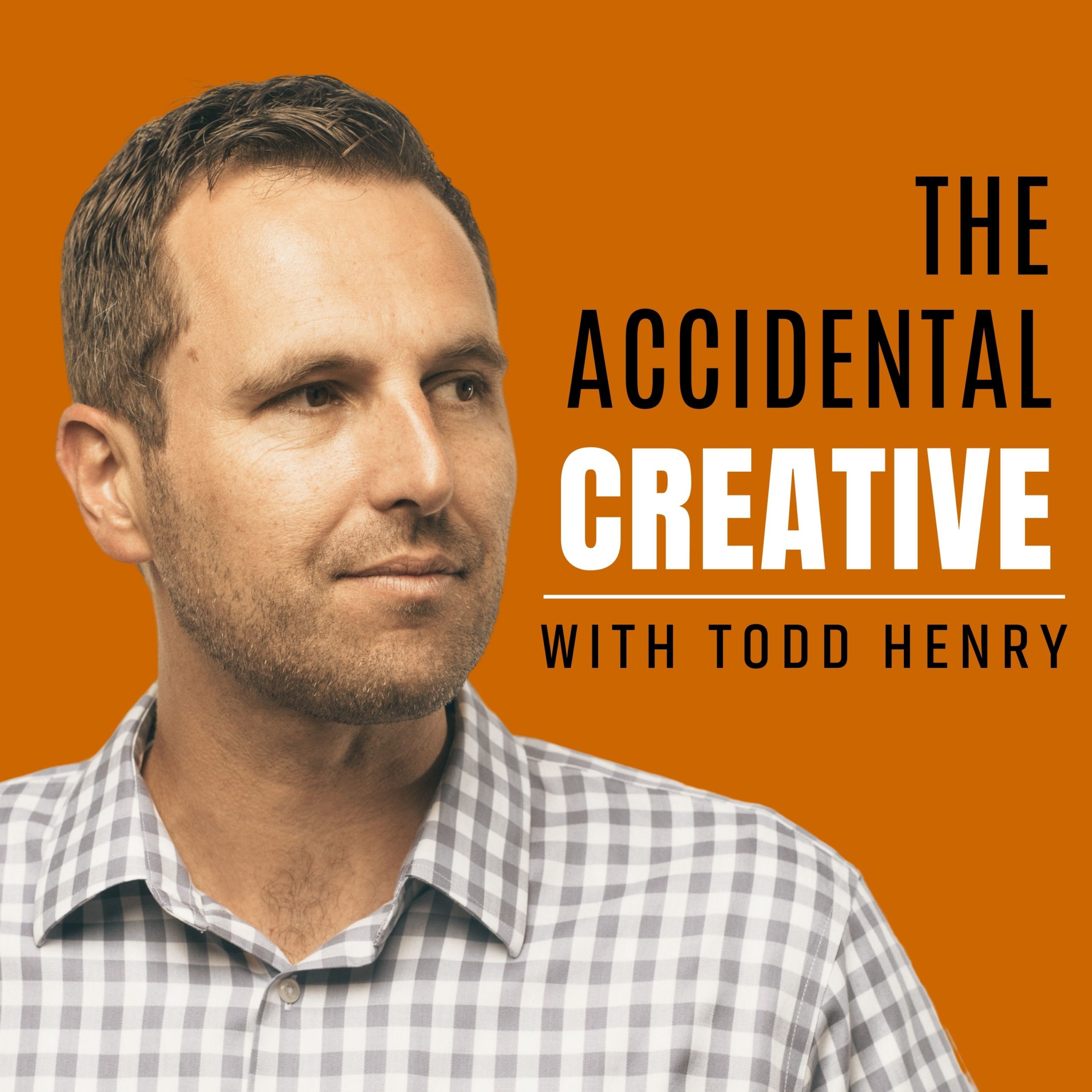Anyone can create when they experience a rapturous, intoxicating influx of inspiration. But for creative pros, (emphasis on the pro part), inspiration is often a luxury. We go to work everyday and have to make meaning out of seemingly unrelated bits of data and extract form from the formless. We forge systems where there was once frustration and chaos. We use words to evoke memories. We design visuals that reveal form, meaning, beauty. But there is a difference between doing the work and loving the work. Because we can’t afford to treat our work as too precious, we’re often in the place where we encounter barriers to full engagement. We hit walls that keep us from doing our best work.
There are two walls that creatives hit when engaged in making something meaningful. The first wall, and the most obvious one, occurs before or very early in the process. It’s what causes us to shrink back from engagement and to instead seek something – ANYTHING – that will immediately relieve our need to feel productive. It’s much easier to check e-mail, make a call or re-shuffle the papers on our desk than it is to bare our soul to the blank page, the blinking cursor, or the empty art board. This first wall is what Steve Pressfield famously calls “Resistance” and it’s become a topic of much discussion in the creative community. Rightly so. Starting is the hardest part of any creative effort. It’s the point at which we decide that apathy is a worse fate than failure. When we defy Resistance we discover ourselves – our true selves.
Because we can’t afford to treat our work as too precious, we’re often in the place where we encounter barriers to full engagement. We hit walls that keep us from doing our best work.
But that’s only the first part of the struggle. As we go about our work we inevitably hit a second hurdle: the dreaded “second wall”. This is the point at which we face a problem that seems immediately unresolvable. We can’t decipher the right course of action, and we panic slightly. Our mind starts to flutter again with thoughts of distractions to fill our need for a quick productivity ping. We start to lose our edge, and we rationalize that this might be a good time to take a break. (This is some of what was addressed in chapter four of The Accidental Creative.)
But breaking at this critical phase of the creative process can be harmful in more ways than one. First, it causes us to lose critical focus at a time when our mind is revved and ready to go. This means that the next time we sit down to do our work, maybe even in ten minutes, we will have to regain our posture and recollect our thoughts. This can be quite detrimental to real progress.
Second, giving way to the second wall means that we’ll be beginning our work with a previously unsolvable challenge, which will contribute all the more to our difficulty engaging again. (How motivated are you to roll out of bed and immediately tackle cold your most challenging work for the day? Probably not so motivated.)
The solution? We need to learn to push through the second wall. When the first seemingly insolvable challenge presents itself, we need to stay with it until we have a reasonable solution. We should always end our work sessions on the upswing, not at an impasse. This will do a few things for us:
– It gives us a working solution. Even if the solution we come to is not the best solution, our minds can more easily refine a sub-par solution than generate a new one from scratch. In between work sessions we can continue to refine and tweak our solution until it’s the best it can be.
– It subtly reinforces our capacity to solve problems. If we quit every time we face a difficult challenge, we’re training our brain to fold at the first sign of conflict. However, like any kind of physical training, pushing ourselves through the burn increases our future capacity to do great work.
– It provides us with a starting point. If you struggle with the first wall – getting started – then one effective way of combating this struggle is by always providing yourself with a good starting point. Make sure that you end each previous session with a solid way to begin your work next time. If you’re excited about your next action, then you’re less likely to procrastinate and look for alternative forms of engagement.
Like any kind of training that challenges us physically or mentally, we need to learn the value of persistence and commitment to our creative work. Stagnancy leads to apathy, which leads to death. To continue growing, we must commit to busting through the second wall. On the other side of it we will find our best work.




Great piece and easier said than done. It’s guard to resist the call of the ping! Thanks for your wonderful, practical book.
Thank you, Becky. (I’ll say that whenever I write something like this it’s usually with one finger pointing squarely in my own chest!) Glad you enjoyed the book.
I never identified the second wall. No wonder I have so many unfinished paintings! Thanks for the insight. I like your advice to “Make sure that you end each previous session with a solid way to begin your work next time.” Thanks!
Sometimes simply identifying the dynamics at play makes next actions that much more clear. Glad it was helpful!